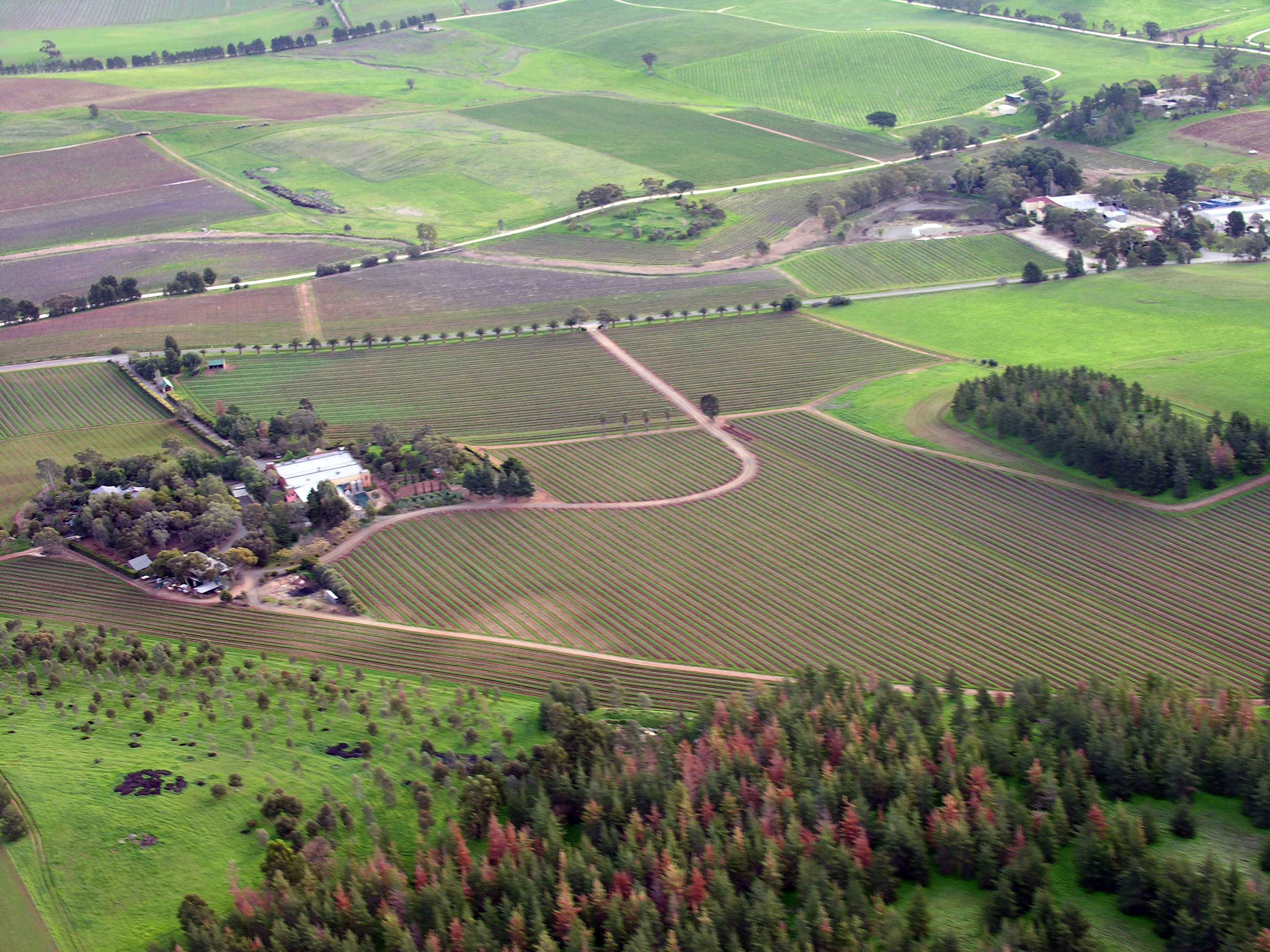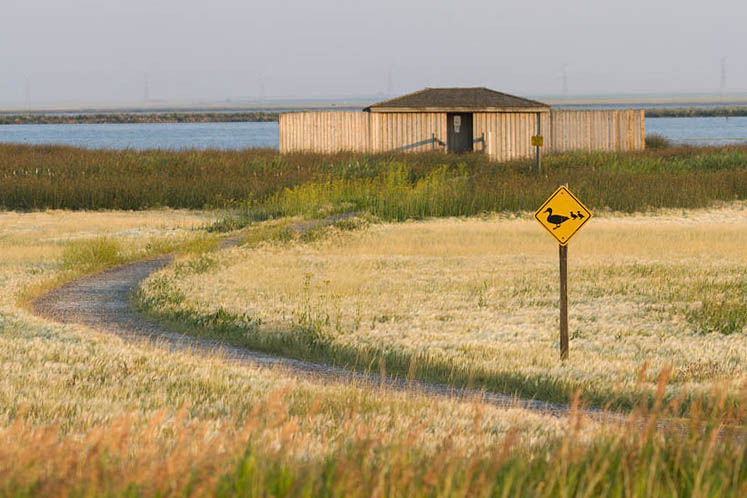|
Cabri, Saskatchewan
Cabri is a town in southwestern Saskatchewan directly north of Gull Lake, northwest of Swift Current and east of the Great Sand Hills. It was incorporated as a village in 1912 and as a town in 1917. The Cabri ferry started operation in 1912, crossing the South Saskatchewan River between the village of Cabri and the town that is now known as Kyle. Name There are several interpretations surrounding the origin of the town's name, all of which revolve around the indigenous pronghorn antelope. Local folklore suggests that it was the early settlers' pronunciation of the First Nations word for "antelope". Another possibility is that it was derived from the Latin word '' Antilocapridae'', the genus to which the pronghorn belongs. Another suggestion is that voyageurs and Metis thought that pronghorns look like goats, and called them "cabri", a French equivalent word for goat. Demographics In the 2021 Census of Population conducted by Statistics Canada, Cabri had a population ... [...More Info...] [...Related Items...] OR: [Wikipedia] [Google] [Baidu] |
Town
A town is a human settlement. Towns are generally larger than villages and smaller than city, cities, though the criteria to distinguish between them vary considerably in different parts of the world. Origin and use The word "town" shares an origin with the German language, German word , the Dutch language, Dutch word , and the Old Norse . The original Proto-Germanic language, Proto-Germanic word, *''tūnan'', is thought to be an early borrowing from Proto-Celtic language, Proto-Celtic *''dūnom'' (cf. Old Irish , Welsh language, Welsh ). The original sense of the word in both Germanic and Celtic was that of a fortress or an enclosure. Cognates of ''town'' in many modern Germanic languages designate a fence or a hedge. In English and Dutch, the meaning of the word took on the sense of the space which these fences enclosed, and through which a track must run. In England, a town was a small community that could not afford or was not allowed to build walls or other larger fort ... [...More Info...] [...Related Items...] OR: [Wikipedia] [Google] [Baidu] |
Antilocapridae
The Antilocapridae are a family of artiodactyls endemic to North America. Their closest extant relatives are the giraffids with which they comprise the superfamily Giraffoidea. Only one species, the pronghorn (''Antilocapra americana''), is living today; all other members of the family are extinct. The living pronghorn is a small ruminant mammal resembling an antelope. Description In most respects, antilocaprids resemble other ruminants. They have a complex, four-chambered stomach for digesting tough plant matter, cloven hooves, and small, forked horns. Their horns resemble those of the bovids, in that they have a true horny sheath, but, uniquely, they are shed outside the breeding season, and subsequently regrown. Their lateral toes are even further diminished than in bovids, with the digits themselves being entirely lost, and only the cannon bones remaining. Antilocaprids have the same dental formula as most other ruminants: . Classification The antilocaprids are r ... [...More Info...] [...Related Items...] OR: [Wikipedia] [Google] [Baidu] |
Rural Municipality Of Pittville No
In general, a rural area or a countryside is a geographic area that is located outside towns and cities. Typical rural areas have a low population density and small settlements. Agricultural areas and areas with forestry typically are described as rural. Different countries have varying definitions of ''rural'' for statistical and administrative purposes. In rural areas, because of their unique economic and social dynamics, and relationship to land-based industry such as agriculture, forestry and resource extraction, the economics are very different from cities and can be subject to boom and bust cycles and vulnerability to extreme weather or natural disasters, such as droughts. These dynamics alongside larger economic forces encouraging to urbanization have led to significant demographic declines, called rural flight, where economic incentives encourage younger populations to go to cities for education and access to jobs, leaving older, less educated and less wealthy popul ... [...More Info...] [...Related Items...] OR: [Wikipedia] [Google] [Baidu] |
Important Bird Area
An Important Bird and Biodiversity Area (IBA) is an area identified using an internationally agreed set of criteria as being globally important for the conservation of bird populations. IBA was developed and sites are identified by BirdLife International. There are over 13,000 IBAs worldwide. These sites are small enough to be entirely conserved and differ in their character, habitat or ornithological importance from the surrounding habitat. In the United States the Program is administered by the National Audubon Society. Often IBAs form part of a country's existing protected area network, and so are protected under national legislation. Legal recognition and protection of IBAs that are not within existing protected areas varies within different countries. Some countries have a National IBA Conservation Strategy, whereas in others protection is completely lacking. History In 1985, following a specific request from the European Economic Community, Birdlife International ... [...More Info...] [...Related Items...] OR: [Wikipedia] [Google] [Baidu] |
Cabri Airport
Cabri Airport is located adjacent to Cabri, Saskatchewan, Canada. One airplane is located there. See also *List of airports in Saskatchewan This is a list of airports in Saskatchewan. It includes all Nav Canada certified and registered water and land airports, aerodromes and heliports in the Canadian province of Saskatchewan. Airport names in are part of the National Airports Syste ... References External linksPage about this airporton COPA's ''Places to Fly'' airport directory Registered aerodromes in Saskatchewan {{Saskatchewan-airport-stub ... [...More Info...] [...Related Items...] OR: [Wikipedia] [Google] [Baidu] |
Burstall, Saskatchewan
Burstall is a small town in southwestern Saskatchewan, Canada. During summer, the local Lions Club organizes an activity known as Summer Slam. The main economies in the area are natural gas, wheat and cattle farming. The area was originally settled by Germans, mostly Lutherans from South Russia. Starting around 1978, the town committee began a calendar that has everyone's birthday, anniversary and passing noted for each day. Burstall has three churches: * St. Paul Lutheran Church * St. Michael’s Catholic Church * Hope Evangelical Missionary Church Burstall has many community facilities such as: * Burstall Golf Course - a nine-hole course with manicured fairways, grass greens, white sand traps, water hazard, and clubhouse built in 2016. * Community Hall - with a capacity of 300, which houses the offices of the RM of Deer Forks and the Town of Burstall * Hockey Arena * Curling Club Demographics In the 2021 Census of Population conducted by Statistics Canada, Burstall had ... [...More Info...] [...Related Items...] OR: [Wikipedia] [Google] [Baidu] |
Leader, Saskatchewan
Leader is a town in southwestern Saskatchewan, Canada, located approximately directly east of Calgary, Alberta and is near the border between Saskatchewan and Alberta. It has a population of 863 as of 2016. History Before settlement, the Leader area was a hunting ground of prehistoric humans. A Midland Folsom point was discovered that the University of Saskatchewan dated back 8,000 to 9,000 years before present. Leader lies in the traditional territory of the Nekaneet First Nation, who were signatories to Treaty 4. Homesteaders began arriving in large numbers in 1907; most were German immigrants from the country of Prussia or southern Russia. A Royal Canadian Mounted Police (RCMP) detachment opened in 1909, and ensured all the settlers had adequate supplies to last the winter. By 1911, the Canadian Pacific Railway purchased a quarter section of land as the prospective site for a settlement. The railway arrived in 1913 and the village of Prussia was incorporated in Septembe ... [...More Info...] [...Related Items...] OR: [Wikipedia] [Google] [Baidu] |
Saskatchewan Highway 32
Highway 32 is a highway in southwestern Saskatchewan, connecting Leader and Swift Current. It is about long, connecting several rural communities along the route including Abbey, Cabri, Cantaur and Success. History The first travel in this area was by foot, two wheeled ox carts and horse drawn freight wagons using trails on the sod. The first train arrived in Lancer in 1913. The late 1920s and 1930s saw the automobile arrive to a few families in the area. Maintenance The winter of 2000 saw resurfaced on this highway. The road west of Cabri to the east of Shackleton was repaired. In 2005, were resurfaced. Construction work began on highway 32 at the entrance to Success and continued west for . Wheel ruts and surface detoriation were levelled and filled and a microsurface treatment was put into place to restore resistance to skidding. The highway has become infamous for its extremely poor condition, which can primarily be attributed to a substandard pavement design (not bu ... [...More Info...] [...Related Items...] OR: [Wikipedia] [Google] [Baidu] |
Statistics Canada
Statistics Canada (StatCan; french: Statistique Canada), formed in 1971, is the agency of the Government of Canada commissioned with producing statistics to help better understand Canada, its population, resources, economy, society, and culture. It is headquartered in Ottawa.Statistics Canada, 150 Tunney's Pasture Driveway Ottawa, Ontario K1A 0T6; Statistique Canada 150, promenade du pré Tunney Ottawa, Ontario K1A 0T6 The agency is led by the chief statistician of Canada, currently Anil Arora, who assumed the role on September 19, 2016. StatCan is responsible to Parliament through the Minister of Innovation, Science and Industry, currently François-Philippe Champagne. Statistics Canada acts as the national statistical agency for Canada, and Statistics Canada produces statistics for all the provinces as well as the federal government. In addition to conducting about 350 active surveys on virtually all aspects of Canadian life, the ''Statistics Act'' mandates that Statisti ... [...More Info...] [...Related Items...] OR: [Wikipedia] [Google] [Baidu] |
2021 Canadian Census
The 2021 Canadian census was a detailed enumeration of the Canadian population with a reference date of May 11, 2021. It follows the 2016 Canadian census, which recorded a population of 35,151,728. The overall response rate was 98%, which is slightly lower than the response rate for the 2016 census. It recorded a population of 36,991,981, a 5.2% increase from 2016. Planning Consultation on census program content was from September 11 to December 8, 2017. The census was conducted by Statistics Canada, and was contactless as a result of the COVID-19 pandemic in Canada. The agency had considered delaying the census until 2022. About 900 supervisors and 31,000 field enumerators were hired to conduct the door-to-door survey of individuals and households who had not completed the census questionnaire by late May or early June. Canvassing agents wore masks and maintained a physical distance to comply with COVID-19 safety regulations. Questionnaire In early May 2021, Statistics Ca ... [...More Info...] [...Related Items...] OR: [Wikipedia] [Google] [Baidu] |
.jpg)


